The color brown is often associated with flowers and plants that are dying. After all, when the roses on your dining room table start to turn brown and crispy, that’s not a good sign.

However, there are many plants across the world that are naturally brown in color when in full health. From tulips to reeds and grasses, there are plenty of brown plants to admire in nature!
The following is a list of the top 19 most beautiful brown plants worldwide, perfect for Autumn gardens or rustic, understated home decor.
1. Bearded Iris (Iris Germanica)
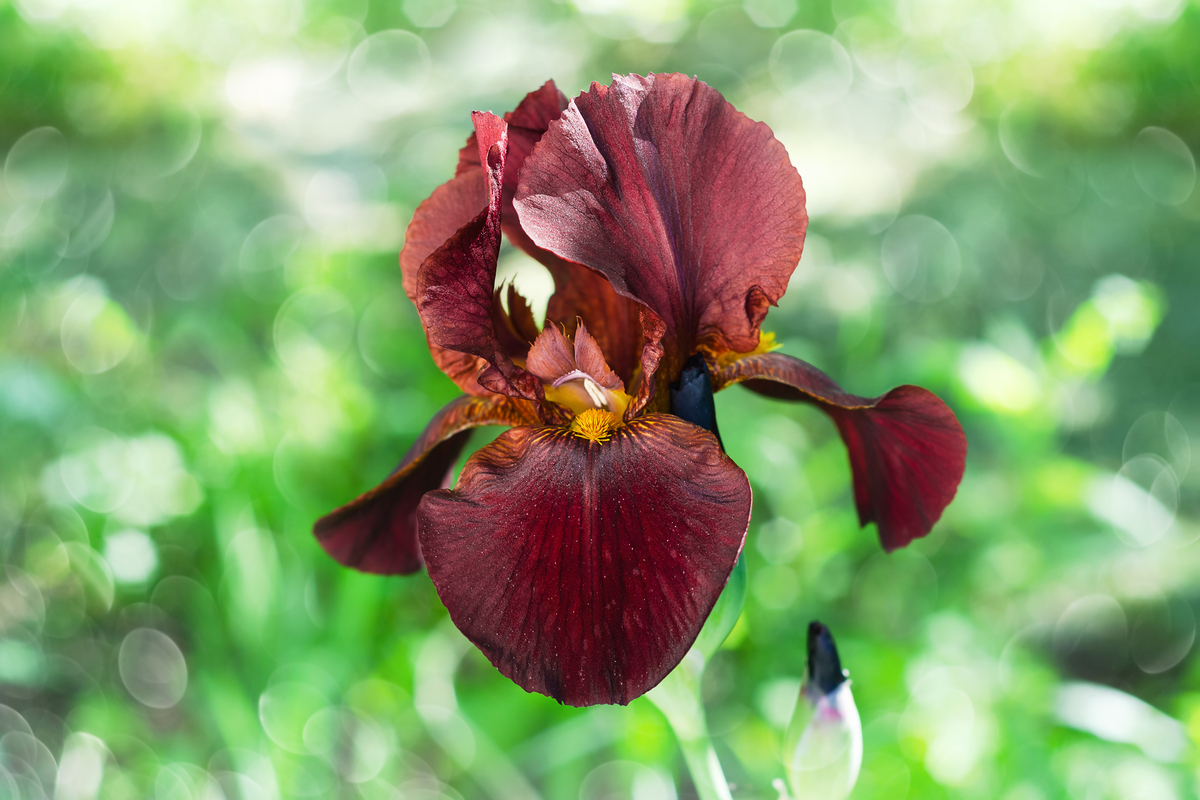
This iris grows up to 32 inches tall and has a distinctive beard-like growth pattern. It can be found growing wild throughout Europe and Asia. The leaves are dark green and grow in a spiral shape, while the interestingly-shaped petals come in many different colors, from bright blue to yellow.
One of the most unique Bearded Iris colors is brown, sometimes with a tinge of red. This plant blooms from late summer onwards. Bearded Irises need quite a lot of maintenance because they are prone to disease.
2. Boat Orchid (Cymbidiums ‘Charlie Brown’)
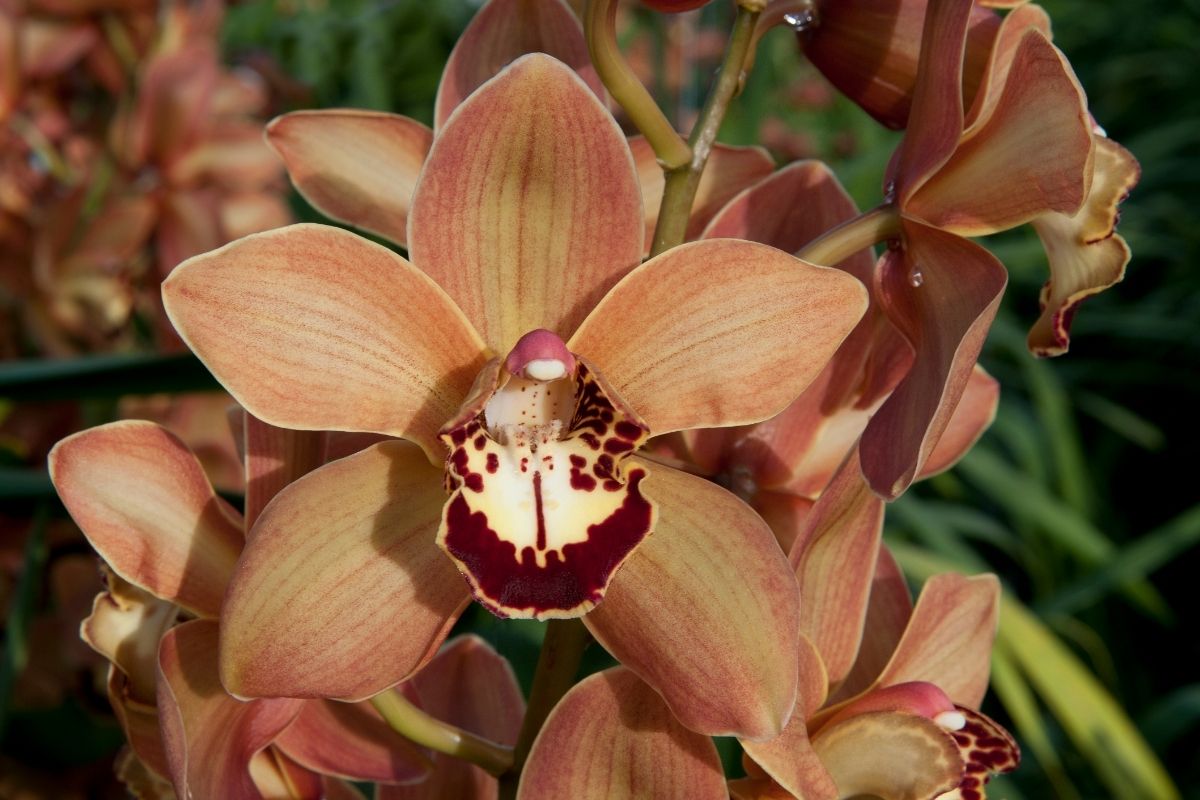
The Boat Orchid is an epiphytic orchid native to Southeast Asia. Its name comes from its resemblance to a boat, which is why it was originally called the “boat flower.” These orchids have long stems that reach heights of up to 2 meters.
They also have large, heart-shaped leaves that are covered in tiny hairs. Their flowers are usually orange but can range from pinkish to white and may also be brown. Brown boat orchids are called Cymbidiums ‘Charlie Brown’.
RELATED: Brown Trees: Everything You Need To Know About Them
3. Tropical Hibiscus (Hibiscus Rosa-Sinensis)

Tropical hibiscuses are native to China and Southeast Asia. They are very popular as houseplants due to their ease of care and the fact that they bloom all year round. The flowers are typically light pink or mauve, although some Tropical hibiscuses have brown petals.
This plant can grow in full sun or partial shade but they much prefer sunny environments. They need moist but well-draining soil in order to thrive.
4. Marigold (Tagetes Patula)
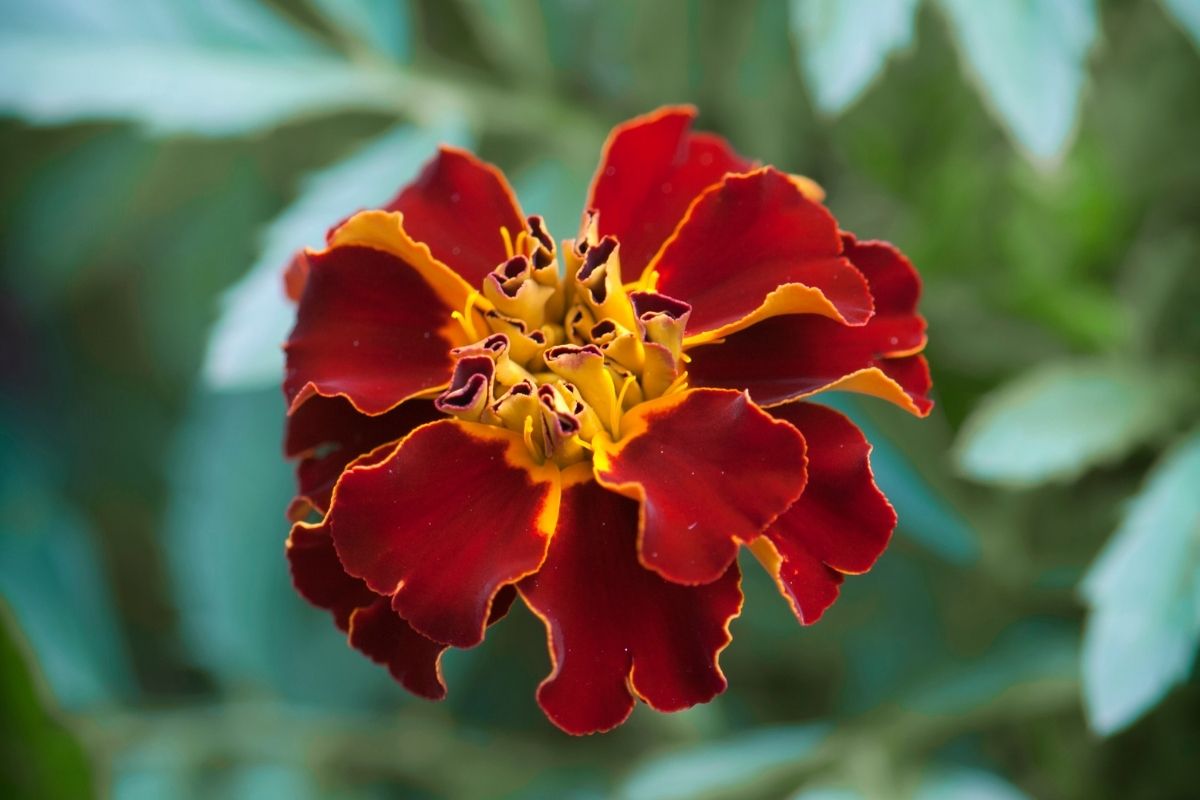
Marigolds come in a wide variety of colors so you might not immediately associate the name with the color brown. However, some marigolds can be mostly or almost entirely brown in color. Often, the brown is a maroon-like color with a hint of red.
Brown marigolds might not be the brightest of this flower genus, but they are equally attractive to birds, butterflies, bees, and other pollinators, so they’re a great option if you want to make your garden a thriving ecosystem.
5. Absalon Tulip (Tulipa ‘Absalon’)
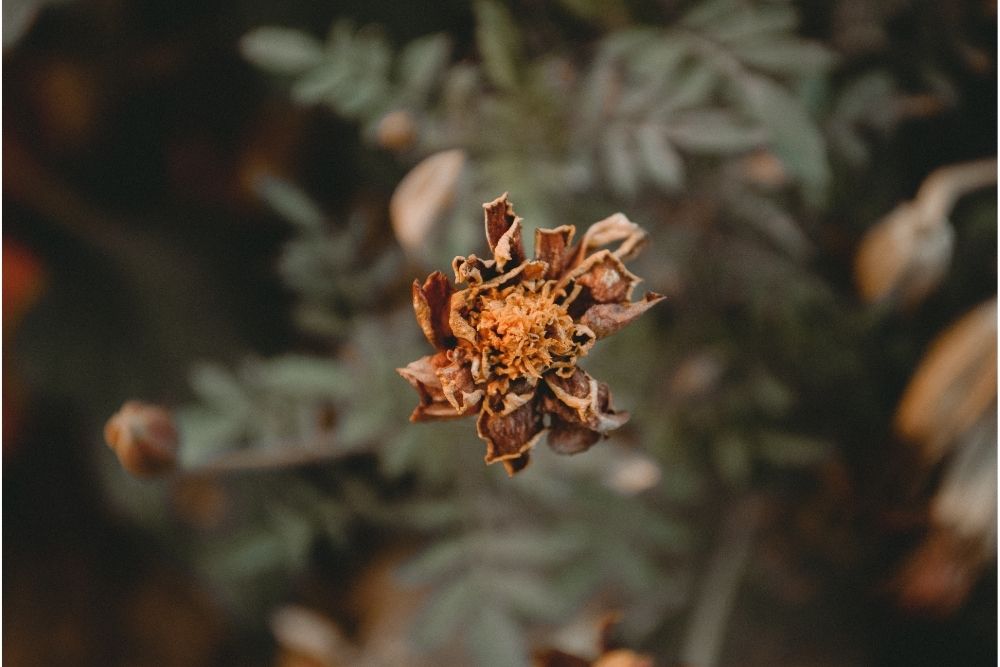
Tulips are usually thought of as bright flowers with yellow, red, pink, or purple petals. But did you know that the Absalon tulip is actually brown? While these tulips aren’t exactly rare, they do tend to be hard to find.
The Absalon tulip is a hybrid between two species of tulip: T. Orientalis and T. Schoenwetter. Both parents were bred by Dutch botanist Willem Jacobsen in 1885. He wanted to create a more robust tulip than what had been available at the time, and the Absalon tulip was the result.
6. Globe Thistle (Echinops Ritro)
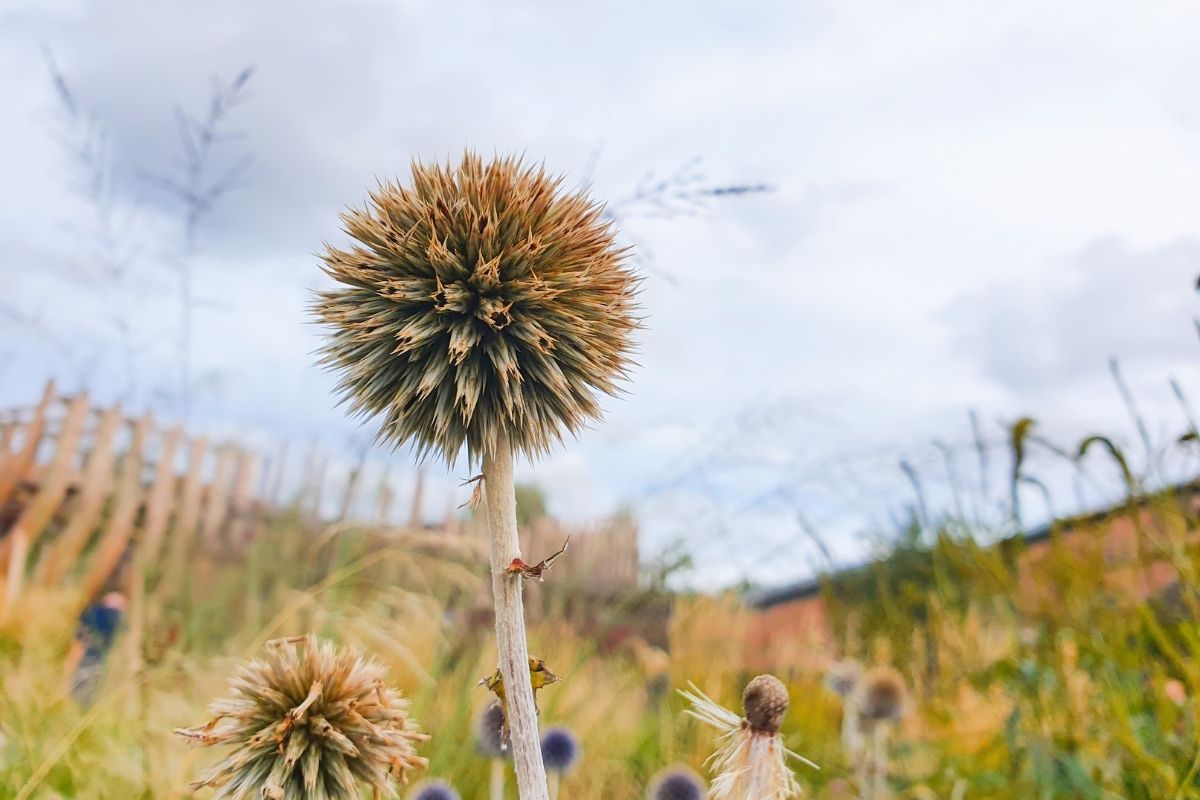
Globe thistles are one of the easiest plants to grow indoors. They require little water and no fertilizer. They like dry conditions and will tolerate temperatures down to. Globe thistles are easy to propagate through seed or division.
If you look up photographs of Globe thistles online, you’ll see a lot of blue results. However, there are many species of Globe thistle, and cream and brown varieties also exist.
7. Feather Reed Grass (Calamagrostis X Acutiflora)
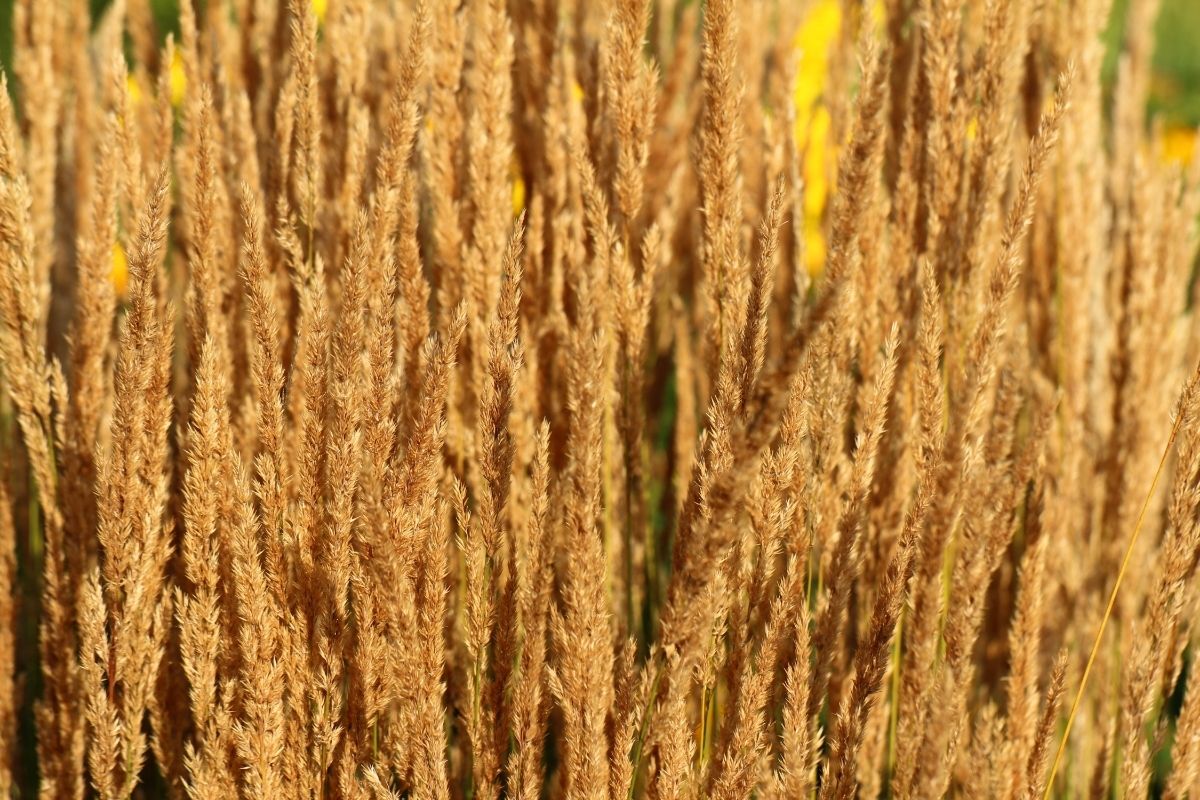
Feather reed grass is a perennial grass native to North America. Its common name comes from the way its leaves resemble those of reeds. Feather reed grass can grow anywhere from 6″ to 12″, depending on how much sunlight it gets.
It prefers moist, fertile soils and tolerates both low and high temperatures. It’s also relatively drought-tolerant once it has been established as long as droughts do not occur frequently. Feather reed grass is often used as a ground cover because it spreads easily and looks good when planted densely.
8. Antler Orchid (Dendrobium Discolor)

The antler orchid is an epiphytic orchid that grows on trees. It is native to New Guinea and Australia, though it has become naturalized elsewhere.
It likes warm weather and needs lots of humidity. It blooms from spring until fall. The flowers range from yellow to brown, and the fragrance is sweetly floral.
9. Calico Flower (Aristlochia Littoralis)
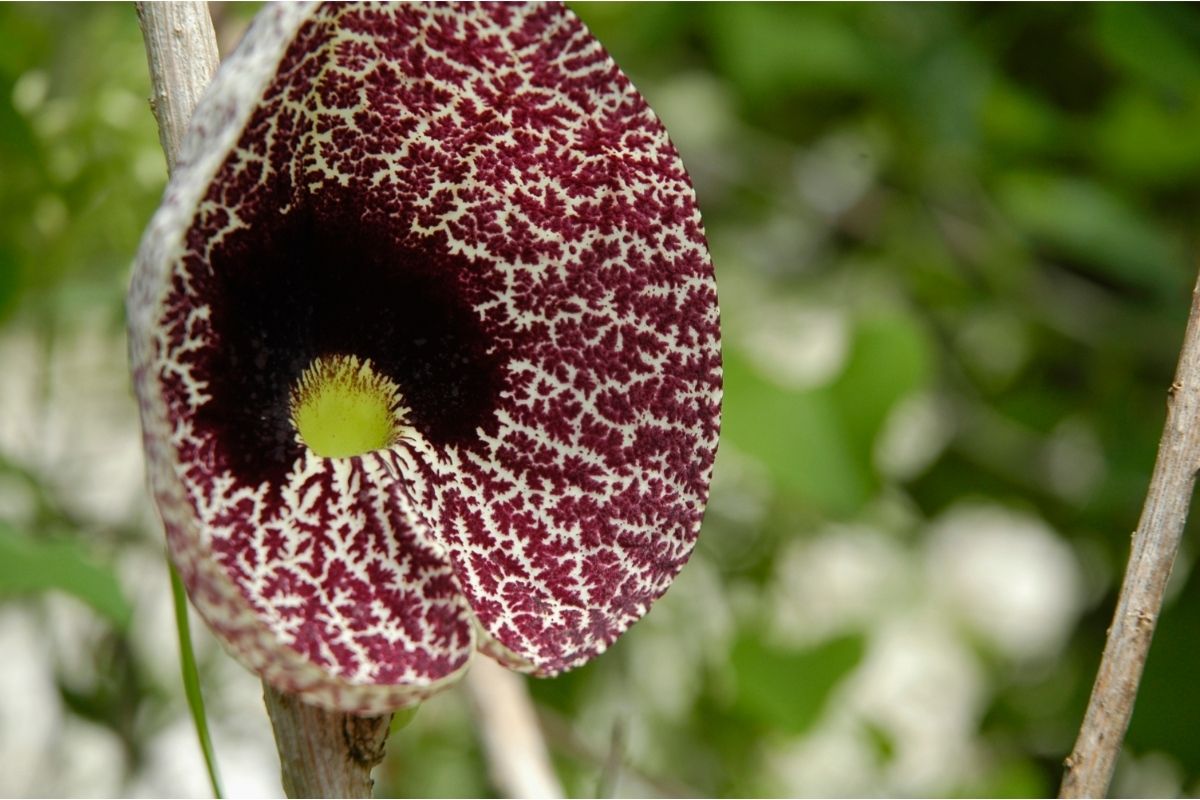
This tropical flowering shrub is native to Central and South America. It is commonly known as the calico flower, which refers to the patterning of its leaves.
The calico flower is a fast-growing evergreen bush that does best in full sun and well-drained soil. It is very tolerant of heat and can be propagated by cuttings or seeds.
10. Carolina Allspice (Calycanthus Floridus)
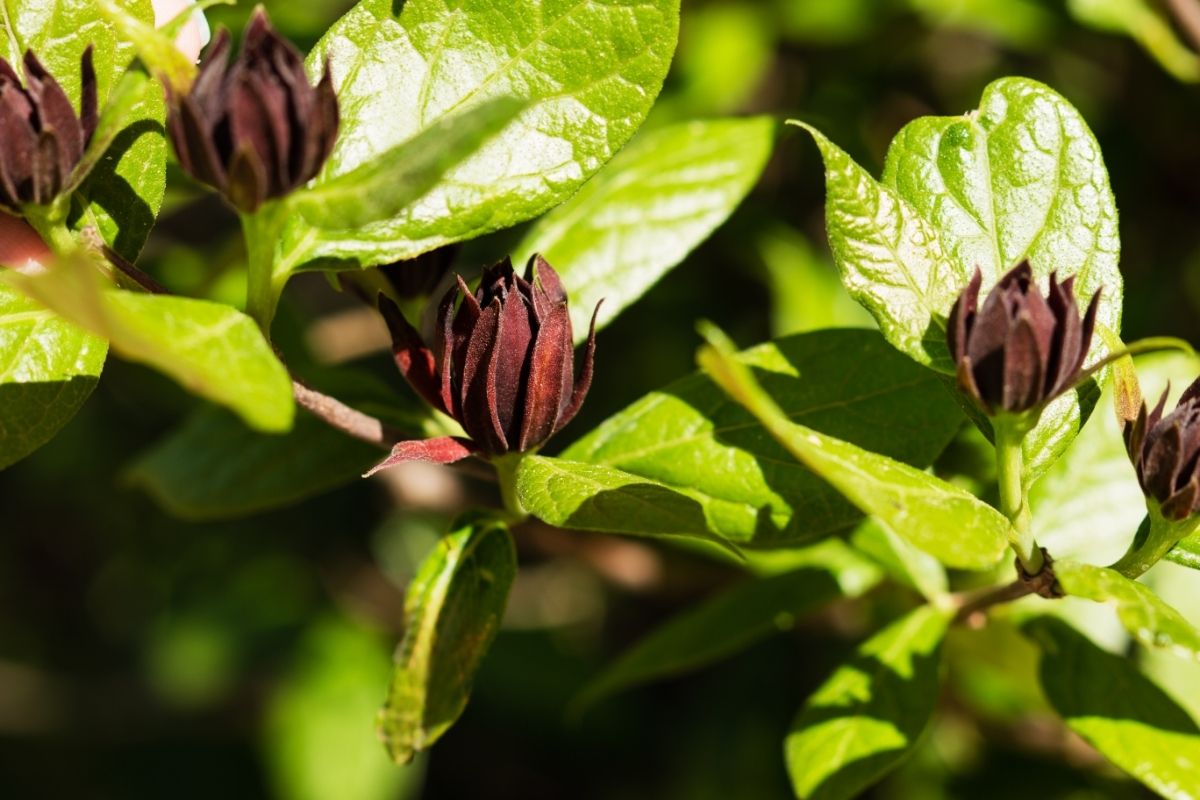
Allspice is a small tree native to eastern North America. It is also called Carolina allspice because it was first cultivated in the Carolinas. This plant is perfect for growing inside because it doesn’t need much light and it only requires moderate watering.
Be aware that this plant contains a substance similar to strychnine which is toxic to both humans and animals, so don’t be tempted to taste any part of this plant!
11. Lesser Bulrush (Typha Angustifolia)
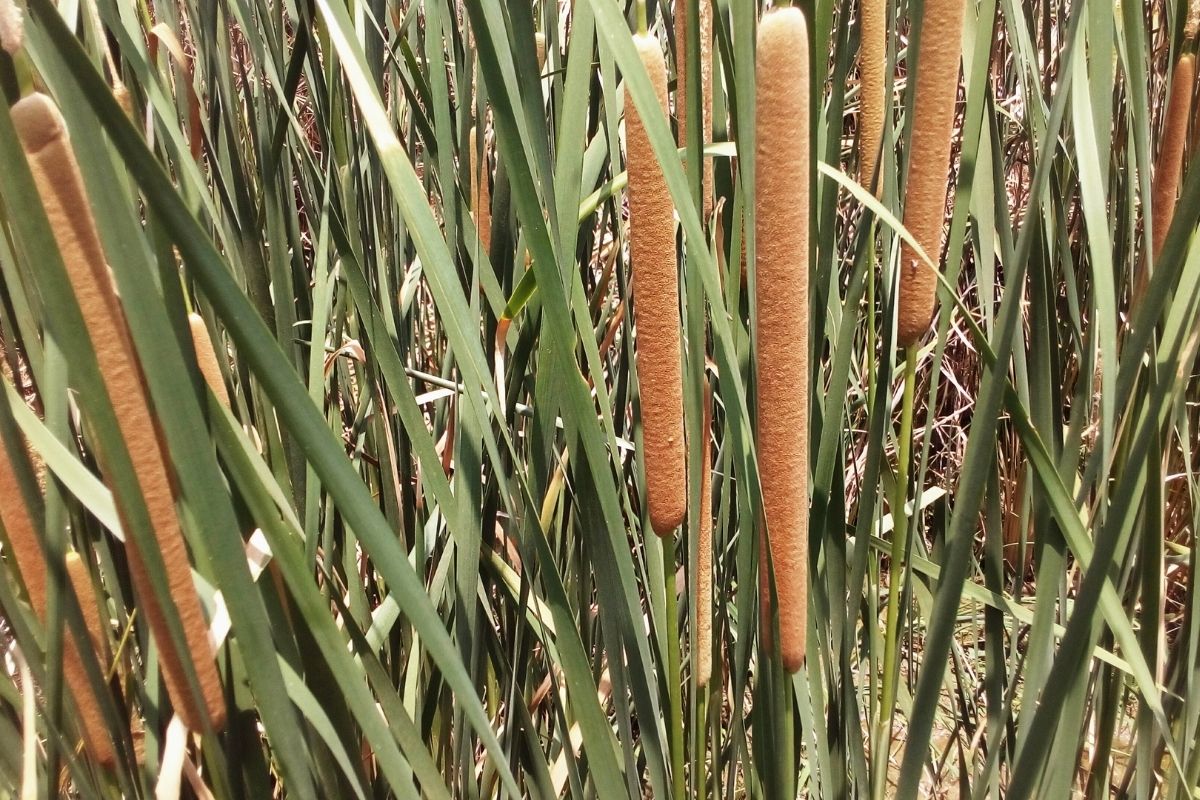
Lesser bulrushes are herbaceous perennials that grow in wet areas. They prefer shade and dislike hot weather. There are several different types of lesser bulrush, but all have narrow, upright stems that grow about 1 foot tall.
These plants are great for filling in bare spots in your garden. Lesser bulrushes are easy to start from seed, and they’re also fairly easy to divide into smaller clumps.
12. Golden Leaf Edged-Orchid (Cymbidium Floribundum)

Golden leaf edged-orchids are beautiful, fragrant, tropical plants that are hardy enough to withstand cold winters. They thrive in bright indirect light and enjoy plenty of moisture.
They are grown primarily for their golden-brown flowers. Like other orchids, these plants should never be watered too deeply or allowed to sit in stagnant water, even though they like moist soil.
13. Dahlia (Dahlia Hortensis)
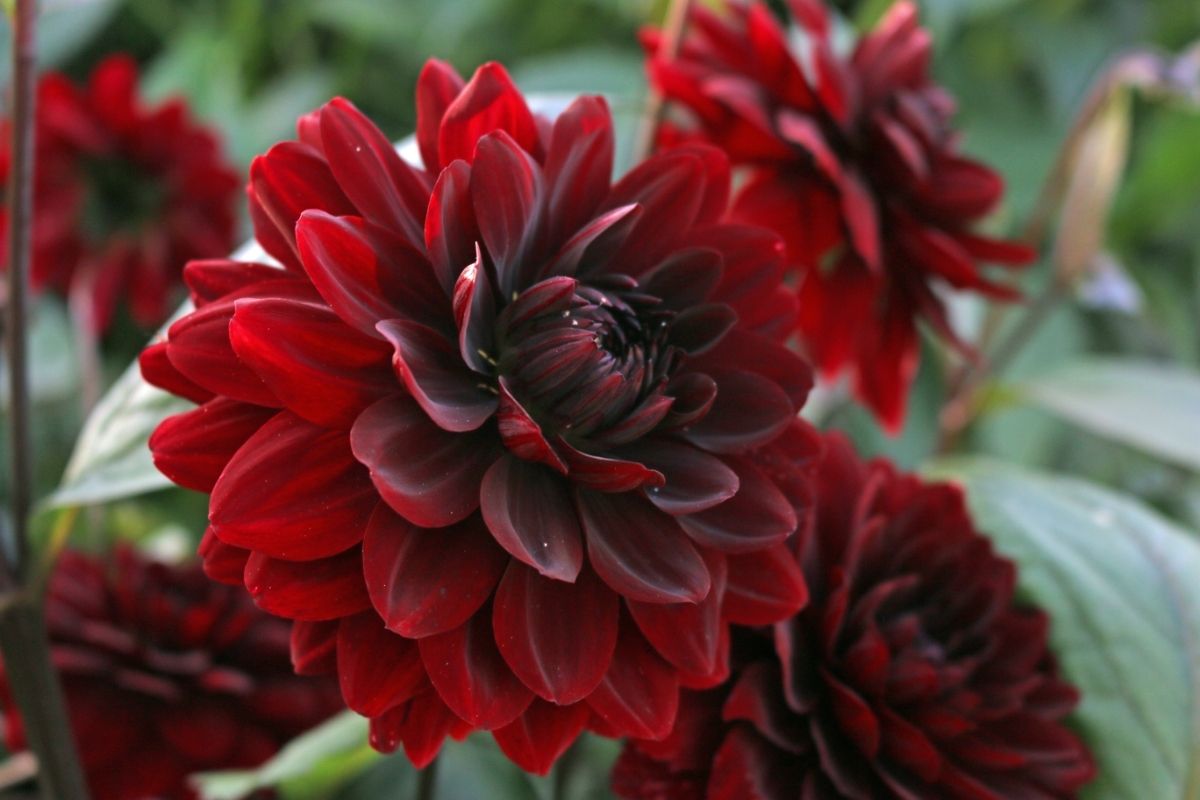
Dahlias are popular ornamental plants with large, showy blooms. They come in many colors, including reds, oranges, yellows, pinks, purples, whites, blues, greens, and more.
Some of our favorite Dahlias, however, are those with dark reddish-brown petals. They require little maintenance and will bloom year after year if given proper care.
Related: Grab Some Brownie Points: 16 Different Types Of Brown Colored Veggies
14. Slipper Orchid (Paphiopedilum)
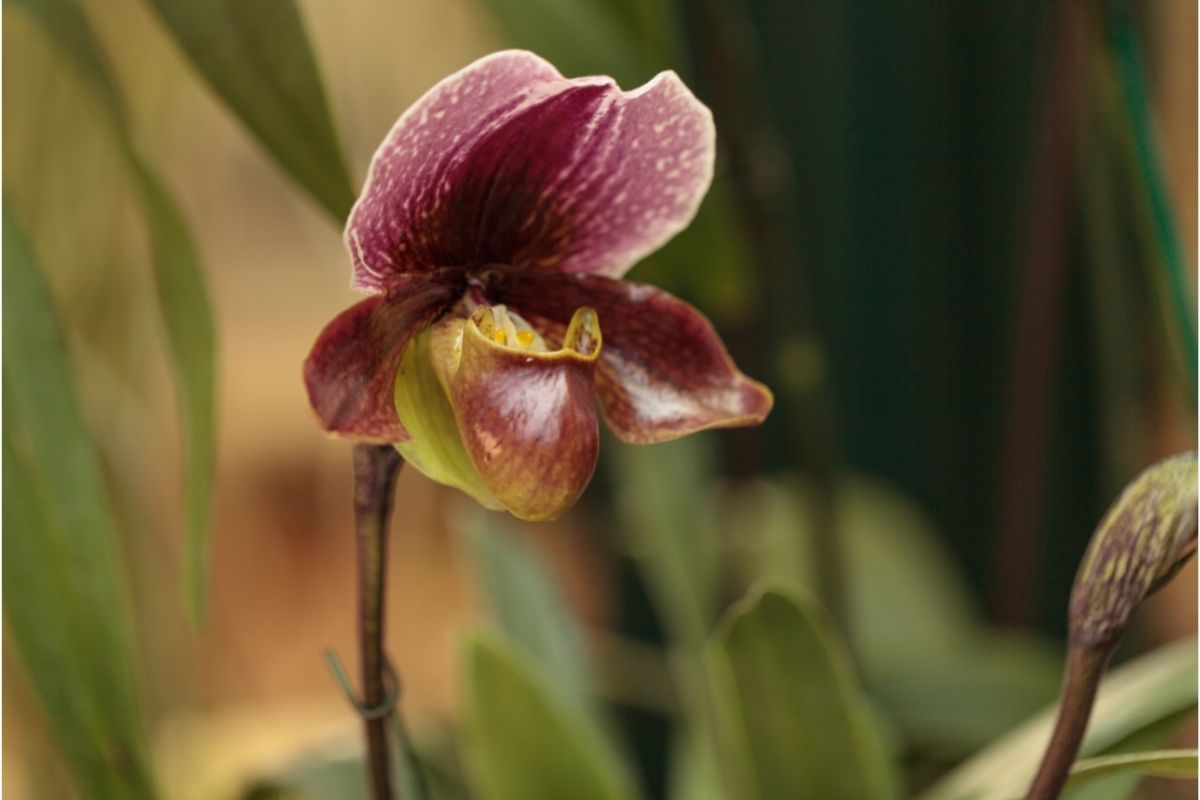
Slipper orchids are one of the most popular kinds of orchids. They look like slippers, hence their name. Slipper orchids are epiphytes, meaning they live on other plants. They love humid conditions and do not tolerate dry air.
They are often found growing in the shade from tree canopies to avoid too much direct sunlight. Slipper orchards are usually planted in pots when grown indoors, but you could also try planting them directly in the ground as long as your garden can provide enough shade.
15. American Groundnut (Apios Americana)
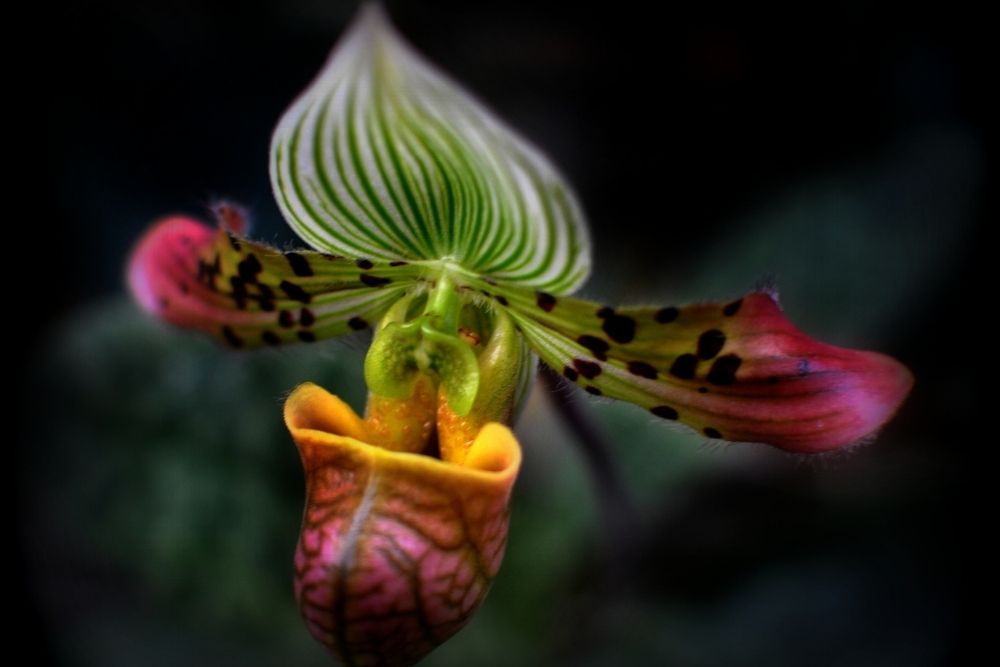
The American groundnut is an annual herbaceous legume native to North America. It grows up to 2 feet tall and has green foliage covered in white hairs.
Its flowers are yellow and grow in clusters at the top of the stem. This plant needs lots of sunshine and regular fertilizer. The leaves are edible and can be used in salads. You can eat the pods, seeds, and roots, too.
16. Daylily (Hemerocallis)
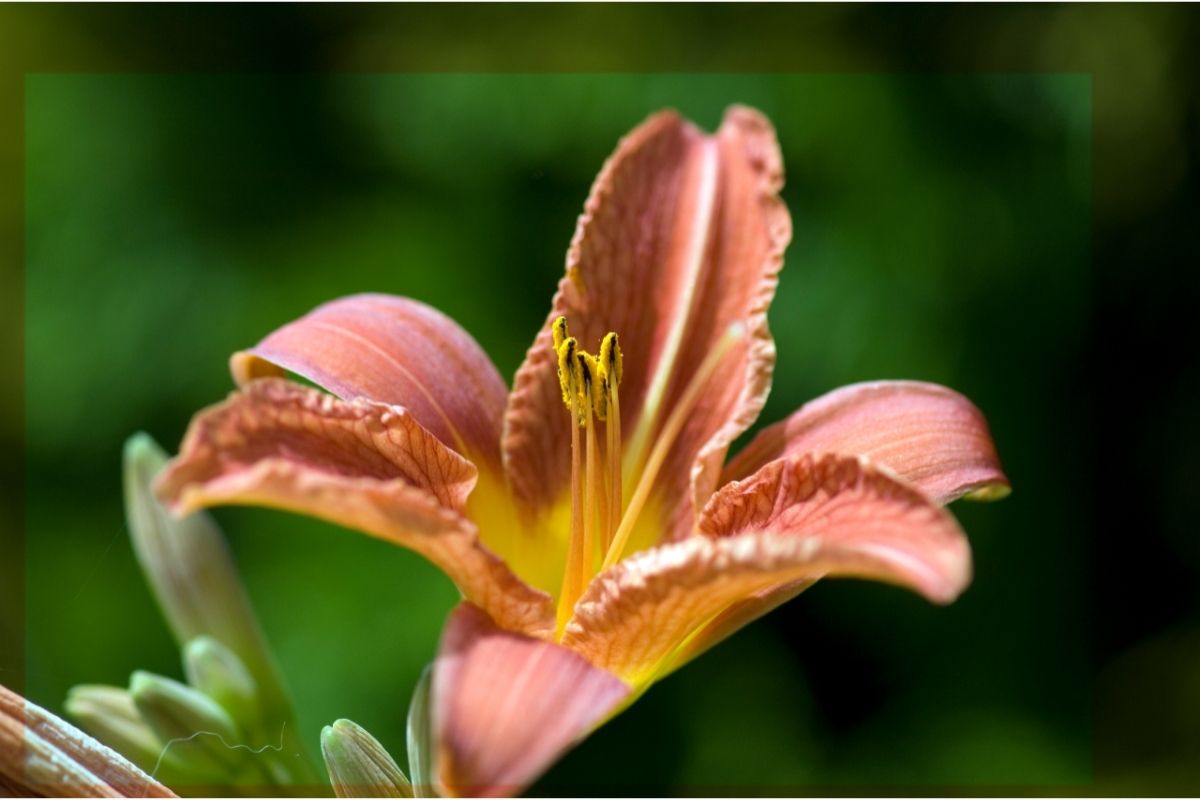
Daylilies are perennial herbs that grow in shady places. They are very easy to grow and flower every spring. Daylilies are best suited for beginners who want to learn how to grow houseplants. If you’ve ever seen pictures of daylilies, you know that they have big, colorful blooms.
But did you know there are over 400 varieties? Each variety has its own unique color, shape, size, and fragrance. Some of them are brown and look particularly lovely.
17. Chocolate Cosmos (Cosmos Atrosanguineus Chocam)
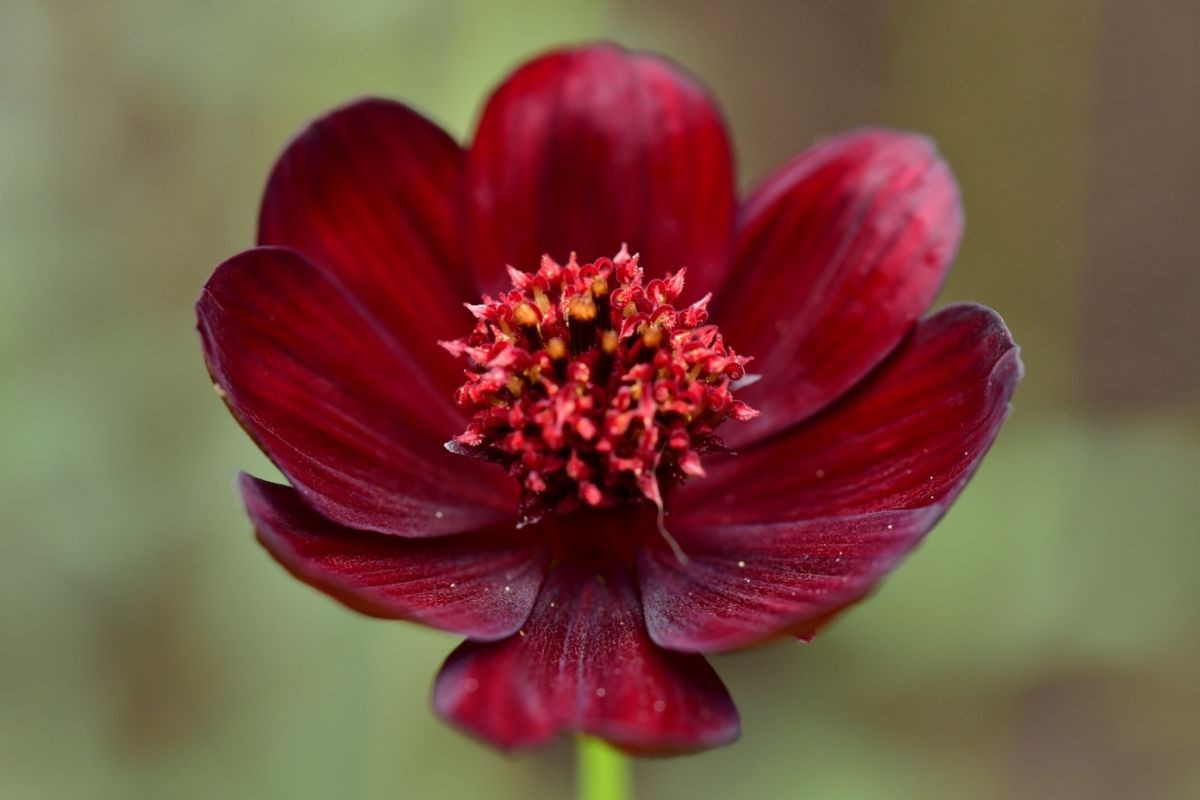
Chocolate cosmos are a type of flowering plant known for their rich chocolate-colored blossoms. Chocolate cosmos are easy to grow and make excellent cut flowers.
They are drought tolerant and need full sun. In fact, they only really need some light shade. So, if you don’t have any trees, you may still be able to grow this plant.
18. Echibekia ‘Summerina Brown’ (Rudbeckia X Echinacea)
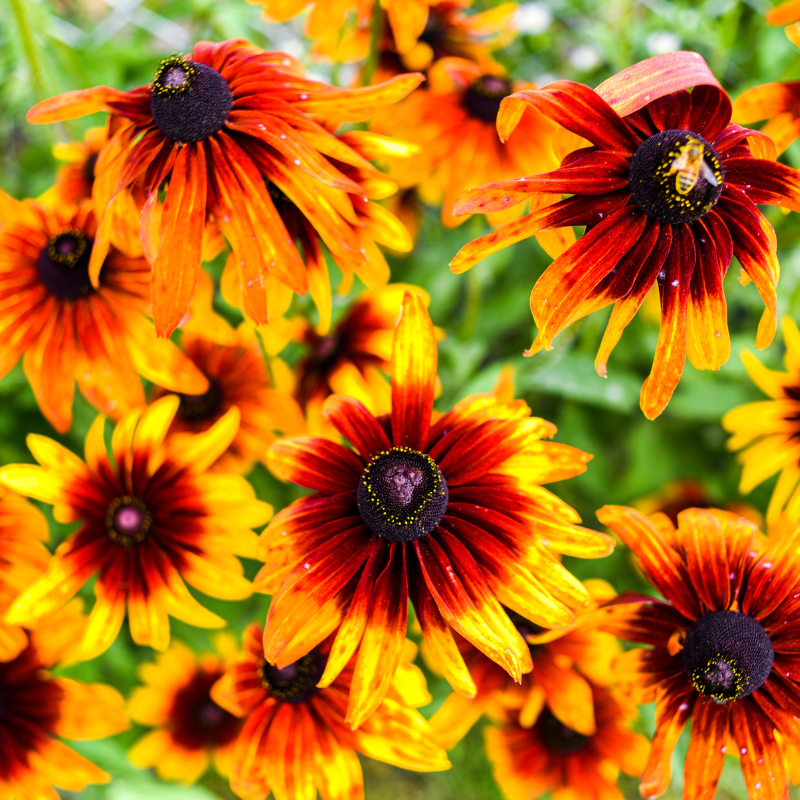
Echibekias are a group of perennials that are commonly called coneflower. These plants are easy to grow and produce attractive, deep purple flowers throughout the summer months.
They prefer full sun and well-drained soil. Echibekia ‘Summerina Brown’ is a great choice because it’s a compact plant that won’t get out of control. And it’s pretty despite its understated coloring!
19. Pussy Willow (Salix Discolor)
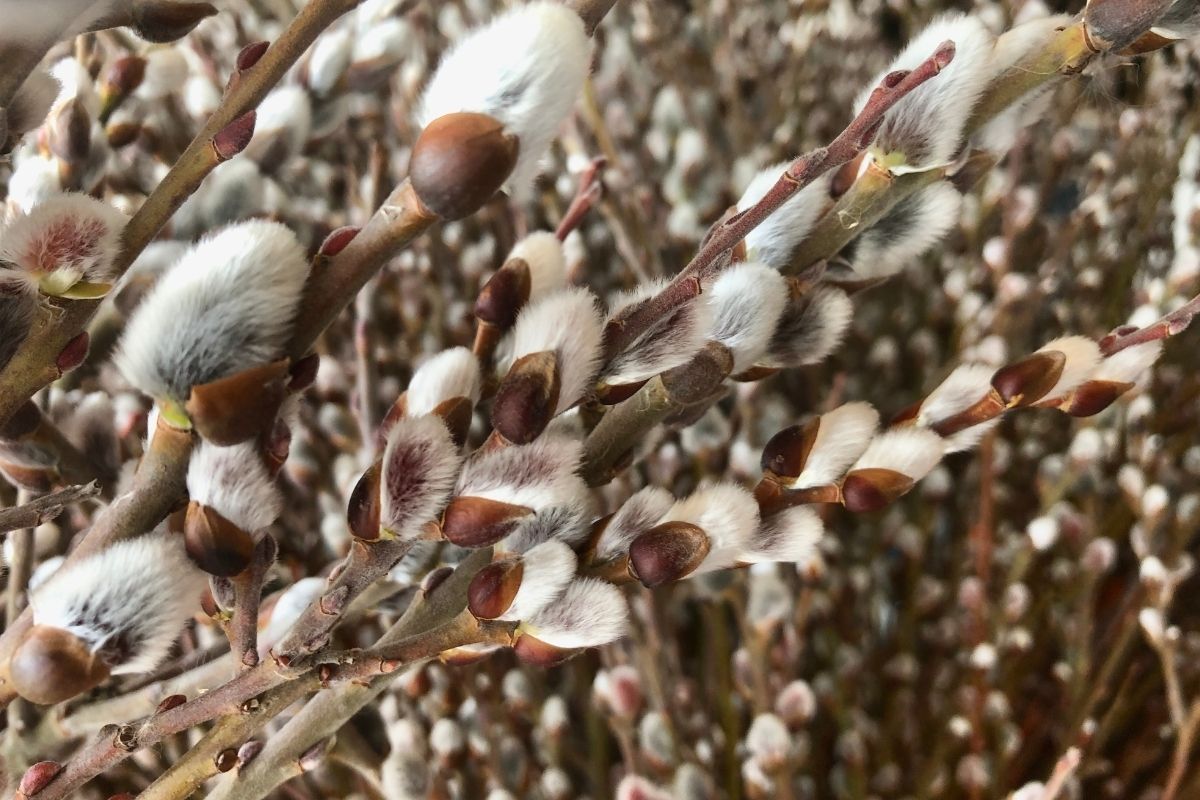
Pussy willow is an upright woody shrub that grows up to 2.4 meters high. It likes moist, fertile soil and gets along with other plants. Pussy willow is hardy and can survive temperatures down to -10°.
It can be propagated by seed or cutting. When grown in containers, pussy willow looks good even when it’s small. It doesn’t need much water either. Just keep it watered during hot weather.
In Summary
The next time you see a brown plant, don’t automatically think it’s dying. Many plants are alive and well, even with a brown coloring. So, before you go ahead and get rid of a plant because you think it is dead, come back and check this guide to ensure it’s not just one of many brown-colored plants.
Editor’s Recommendations
Grab Some Brownie Points: 16 Different Types Of Brown Colored Veggies







